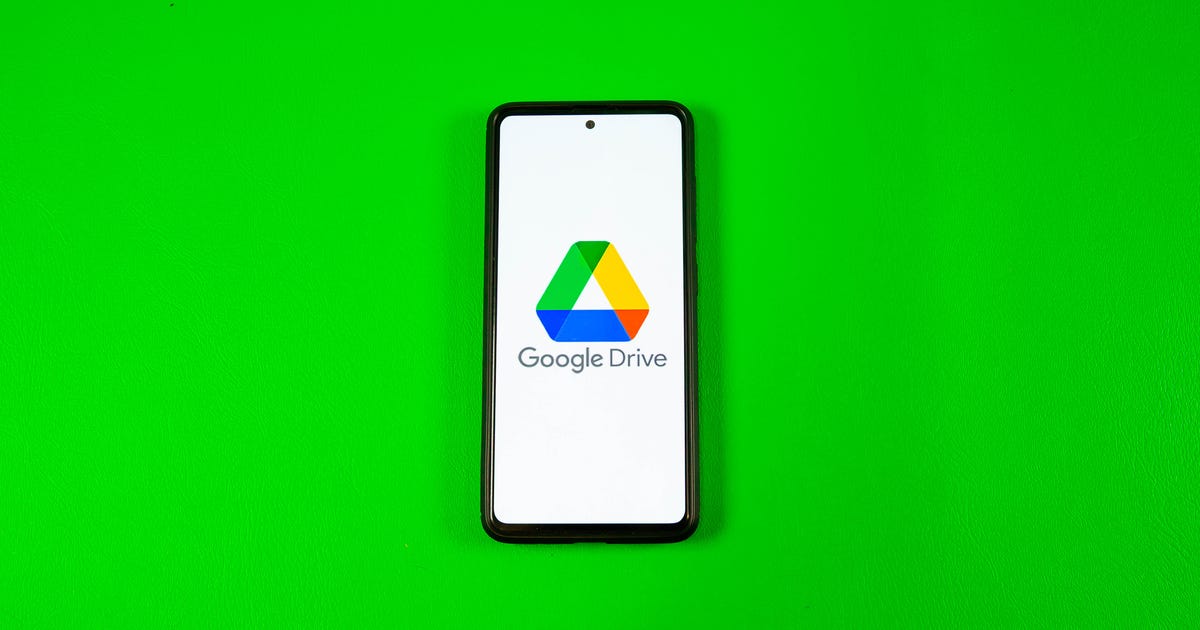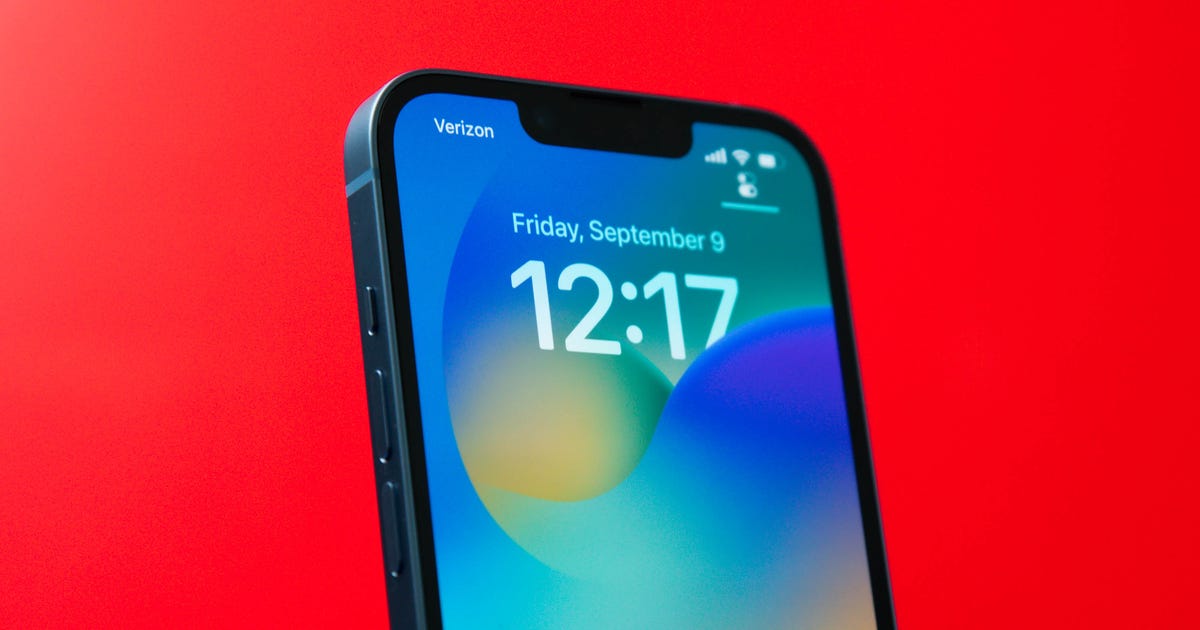

Now playing:
Watch this:
The real deals of Amazon Prime Day
2:24
It’s beginning to look a lot like Prime Day.
On the evening of Monday, July 10 at 9 p.m. ET/6 p.m. PT, and 6 p.m. in the UK, Amazon will kick off its third annual sales event. It’s basically a Cyber-Monday-in-July that promises extra savings over and above the company’s usual discount prices. But that evening start is reminiscent of Black Friday sales that start on Thanksgiving: This year’s Prime Day runs for 30 hours, straight through July 11.
So who’s allowed to get in on this Prime action? What’s going to be different compared with last year? How can you be sure Amazon’s Prime Day price is actually the best price?
I’ve got all the answers. Here’s everything you need to know about Prime Day 2017.
Days of Prime Day past
Amazon’s first stab at Prime Day (in 2015) was to celebrate its 20th anniversary. Although the event proved a big success in terms of sales, customers found a lot to dislike. The biggest discounts were on Amazon’s own products (Kindles, Fire tablets, Echo products and so on), and those seemed to come and go at random.
Last year, things went better, with lots more inventory and category-driven search that made it easier to sift through the nearly 100,000 sale items.
Why you should care about Prime Day
In 2016, Amazon’s big categories were TV and toys. The company promised twice as much TV inventory as “Black Friday and Cyber Monday combined,” and toy deals that would run “nearly all day.”
Will those be the spotlight categories this year as well? That remains to be seen, but there will undoubtedly be countless other deals. And Amazon will offer Alexa-powered specials as well, so if you own an Amazon Echo, Dot or Tap, you might be able to score some exclusives. (You can already ask Alexa to spill some rumors.)
Amazon is also promising savings of “up to 40 percent” on Kindle Unlimited membership, though it’s not quite clear what the “up to” part is about. Currently, the ebook/audiobook subscription service costs $9.99 per month, or £7.99 in the UK.
…and why you shouldn’t care
If we haven’t met before, I’m Rick “The Cheapskate” Broida, and I write about tech deals pretty much every day of the year. And let me tell you, every day is Prime Day. By which I mean there are great bargains to be had all the time.
Yes, as with Black Friday and Cyber Monday, Amazon may shave a few extra dollars off a TV or Kindle. But also as with those days, supplies will be limited. And the TV might be an off-brand model that wasn’t really what you had in mind.
In other words, resist the hype. If there’s a particularly good deal to be had on a product you’ve been eyeballing, by all means grab it. But don’t think this is your only opportunity to save big.
Furthermore, with Amazon planning to roll out new deals “as often as every 5 minutes” throughout the day, this is a rabbit hole you might want to avoid. Prime Day will definitely not be Productivity Day if you’re refreshing your browser every 5 minutes. (Though see below for a handy way to keep tabs on specific deals.)
Prime Day is for Prime subscribers
Amazon Prime is, of course, the subscription service that affords unlimited two-day shipping, movie and unlimited music streaming and various other perks. It costs $99 per year (a very good deal, in my humble opinion), or £79 in the UK.
In order to take advantage of Prime Day deals, you must be a Prime subscriber. That’s the bad news; the good news is that if you’ve never tried the service before, you can get a free trial — and that trial membership qualifies you for Prime Day savings.
By the way, if you’re a US college student, you can get a six-month free trial of Amazon Prime, after which you can snag a membership for just $49 — 50 percent off the regular annual price.
Prime Day deals have already started (sort of)
Head over to amazon.com/primeday (here in the UK) and you’ll find some deals rotating in and out before the official kickoff on July 10. Some of the deals are better than others. For instance, as of Friday, July 7, there are digital versions of some pretty great movies on sale for just $5. I’ll update the post if there’s anything further to report.
Use the Amazon App to get deal notifications

Amazon
Part of the challenge of Prime Day is keeping tabs on the deals that interest you, especially those scheduled to begin later in the day. If you forget, you might miss out.
Fortunately, the Amazon App lets you track upcoming deals and receive notifications when they’re about to begin. It’s available for Amazon Fire (natch), Android and iOS in their respective app stores. (The app also affords benefits like voice-powered search and shipment tracking.)
Don’t assume Prime Day is the best day
As I noted above, where I come from, every day is Black Friday, Cyber Monday or Prime Day. That means you should approach every deal with a little bit of skepticism — or at least a little bit of research.
One great place to start: CamelCamelCamel, the site that tracks Amazon price histories. (It can also notify you when Amazon products go on sale; I recently explained how to use it to track those rare Amazon Echo deals and you can see Amazon’s current deal offerings here.)
Before you pull the trigger on any Prime Day deal, copy the URL, paste it into CamelCamelCamel’s search field and check the results. You may discover that the product has indeed been priced lower in the past, and therefore may be again.
At the same time, consider using a browser plug-in such as Honey, which can instantly inform you if any third-party sellers have the same product for a lower price (which doesn’t happen often, but it’s worth checking).
Finally, be sure to check other sites. Best Buy, Walmart and other major stores may well trot out their own answers to Prime Day, offering loss-leader pricing on popular items.
How waitlisting works


If you see a button like this, you might still be able to get a deal that’s “100 percent claimed.”
Screenshot by Rick Broida/CNET
Like Amazon’s daily Lightning deals, most Prime Day deals are available in limited quantities — and once they’re “claimed,” they’re gone. Or maybe not: You may see a Join Waitlist button that’ll put you in the queue to grab an item if it becomes available.
How does that happen? Sometimes other customers will add an item to their cart, then decide not to buy it (or fail to complete the purchase within 15 minutes) — at which point it goes to the next person in line. That could be you, so don’t be shy about joining the waitlist if it’s something you really want.
Ask Alexa for exclusive deals
Amazon already offers exclusive deals to owners of the Echo, Echo Dot, Tap and other Alexa-enhanced devices: You just say, “Alexa, what are your deals?”
It should come as no surprise, then, that Amazon’s gal is serving up Prime Day exclusives as well — starting with a deal on Prime itself. If you’re not already a subscriber, you can say, “Alexa, sign me up for Prime,” and you’ll get an annual membership for $79 instead of the usual $99.
Beyond that, ask Alexa for “Prime Day deals,” both leading up to the big day and on the day itself. One item to consider: the Bose SoundLink Bluetooth Speaker III. Alexa will score you a $50 discount, a bit better than the $41 discount afforded to regular Amazon shoppers.
Editors’ note: This article was originally published on July 5, 2016, and has since been updated.




